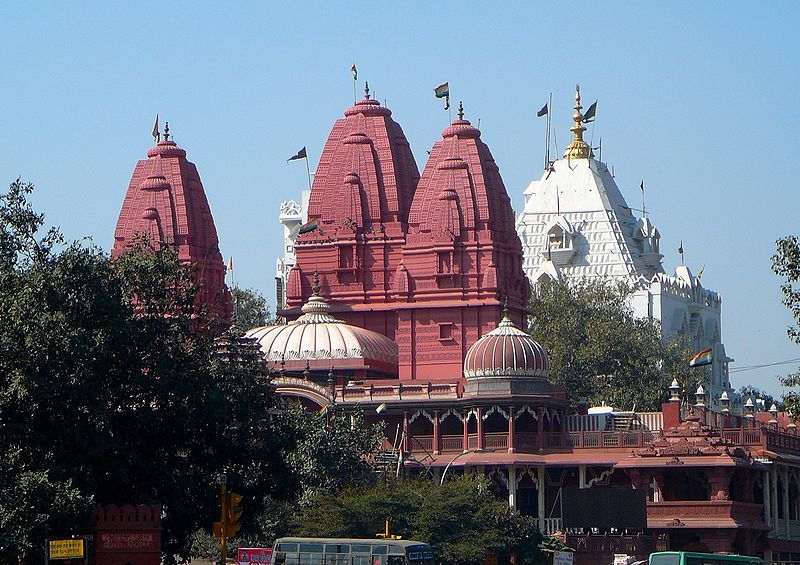Shri Digambar Jain Lal Mandir – New Delhi

Address
Shri Digambar Jain Lal Mandir , Chandni Chowk, Opposite Red Fort, Netaji Subhash Marg, New Delhi, Delhi 110006
Deity
Parshvanatha
Introduction
- Shri Digambar Jain Lal Mandir is the oldest and best-known Jain temple in Delhi, India.
- Located opposite the Red Fort in Chandni Chowk.
- Known for its avian veterinary hospital, Jain Birds Hospital.
- Built in 1656, as per Jain scholar Balbhadra Jain.
Puranic Significance
- Old Delhi founded by Mughal Emperor Shah Jahan (1628–1658).
- Jain merchants invited to settle in Chandni Chowk by Shah Jahan.
- Initially a tent with a Tirthankara statue worshipped by Jain officers.
- Temple built in 1656, once known as “Urdu Temple” and “Lashkari Mandir.”
- Legend: Aurangzeb’s ban on temple music lifted after witnessing a miracle.
- Present-day buildings constructed post-Mughal Empire, dating to 1878.
Special Features
- A manastambha column stands in front of the temple.
- Main devotional area on the first floor, reached by a terrace.
- Main shrine dedicated to Lord Mahavira, the 24th Tirthankara.
- Statues of Lord Rishabhanatha and Lord Parshvanath are also present.
- The temple is peaceful, with gilded paintwork and butter lamps creating a serene atmosphere.
Century/Period/Age
Build in 1656
Managed By
Delhi
Nearest Bus Station
Red fort
Nearest Railway Station
New Delhi
Nearest Airport
Delhi




